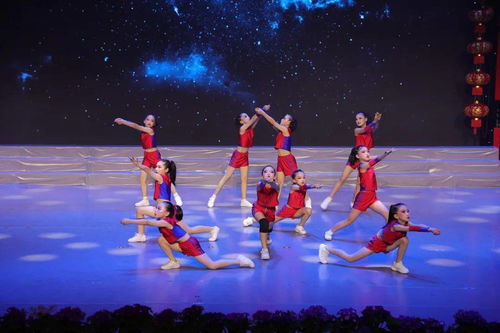小儿垂钓舞蹈作品介绍
Exploring the Art of "Two Children Fishing" Dance
The "Two Children Fishing" dance is a traditional Chinese folk dance that portrays the innocence and simplicity of childhood, as well as the beauty of nature. It is often performed by children, with delicate movements mimicking the act of fishing. Let's delve into the intricacies of this enchanting dance form.
The origins of the "Two Children Fishing" dance can be traced back to ancient Chinese folklore, where it was often performed during festivals and celebrations. The dance symbolizes harmony with nature and the joy of simple pleasures. It also reflects the importance of traditional values such as filial piety and respect for elders.
Over the years, the dance has become a cherished part of Chinese cultural heritage, with its graceful movements and evocative storytelling captivating audiences around the world. It serves as a reminder of the rich tapestry of Chinese traditions and the enduring spirit of its people.
The "Two Children Fishing" dance is characterized by a series of fluid movements that mimic the actions of fishing. Some of the key elements include:
- Imitation of Fishing: Dancers use their hands to simulate the casting of a fishing line and the gentle motion of reeling it in. This requires precision and control to convey the illusion of actually catching fish.
- Graceful Footwork: Footwork plays an essential role in the dance, with dancers moving lightly and gracefully across the stage. The steps are often intricate, requiring agility and balance.
- Facial Expressions: Expressive facial gestures are used to convey the emotions of the dancers, from the excitement of a successful catch to the tranquility of being in nature.

The costumes worn during the "Two Children Fishing" dance are typically inspired by traditional Chinese attire, featuring vibrant colors and intricate designs. Boys may wear loosefitting trousers and tunics, while girls often don flowing dresses adorned with floral patterns.
As for the music, it is usually composed of traditional Chinese melodies played on instruments such as the erhu (a twostringed fiddle) or the pipa (a pearshaped lute). The music sets the mood for the dance, evoking images of serene landscapes and tranquil rivers.
Learning the "Two Children Fishing" dance requires dedication and discipline. Children undergo rigorous training to master the intricate movements and coordination required for the performance. They also receive instruction on proper posture, expression, and timing.
Performances of the dance are often held during cultural events, school recitals, and traditional festivals. It is not only a form of artistic expression but also a way for children to connect with their cultural heritage and develop a sense of pride in their traditions.
In today's rapidly changing world, it is more important than ever to preserve traditional forms of art and expression. The "Two Children Fishing" dance serves as a testament to the enduring beauty of Chinese culture and the timeless appeal of its traditions.
By passing down the art of dance from one generation to the next, we ensure that future audiences will continue to be captivated by its grace and elegance. It is a celebration of our shared heritage and a reminder of the values that unite us as a global community.
In conclusion, the "Two Children Fishing" dance is not just a performance; it is a window into the soul of Chinese culture. With its graceful movements, expressive storytelling, and rich symbolism, it continues to enchant audiences around the world and inspire new generations of dancers to keep this cherished tradition alive.









